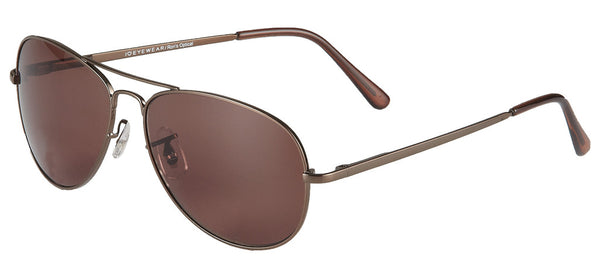How Often Should I Have My Eyes Checked?
Eye Exams Aren't Just for Those Who Wear Glasses Every Day
 For people of all ages and in all states of health, regular eye exams represent an important part of a well-rounded wellness plan. A skilled ophthalmologist will check eyes for vision problems, as well as common health conditions affecting the eyes.
For people of all ages and in all states of health, regular eye exams represent an important part of a well-rounded wellness plan. A skilled ophthalmologist will check eyes for vision problems, as well as common health conditions affecting the eyes.
Age and health status affects how often an individual should have their eyes checked, including:
- Children. Young people should receive their first eye examinations before turning three; those without identified vision problems should continue to receive them every two years into adulthood.
- Adults. Although many adults believe they have perfect vision, this is often because they have not yet experienced the improved quality of life glasses can provide. From the 20s through the late 30s, adults should continue to receive eye exams on a biannual basis.
- Individuals with glasses or contacts. Regardless of age, anyone who has already received an eyeglass or contact prescription should receive comprehensive eye exams at least once per year to detect further vision changes.
- Individuals with eye-related symptoms. Anyone experiencing pain, excessive tearing, redness, injuries, or changes to vision should contact an eye doctor immediately.
- Older adults. Past the age of 40, adults should seek comprehensive eye exams each year to ensure early identification of conditions such as glaucoma, cataracts, and diabetic retinopathy.
Take Our Eyeglass Frames with You
I Heart Eyewear offers everything from reading glasses to bifocals with designer eyeglass frames to suit any style. Our “no power” glasses are perfect for having fit with specific eyeglass prescriptions -- simply take them to your next eye doctor appointment, and viola! Peruse our wide selection to find glasses for your unique style and vision needs!
[SEE ALSO: TIPS FOR CHOOSING THE BEST EYEGLASS FRAMES]
When was the last time you scheduled a comprehensive eye exam?




